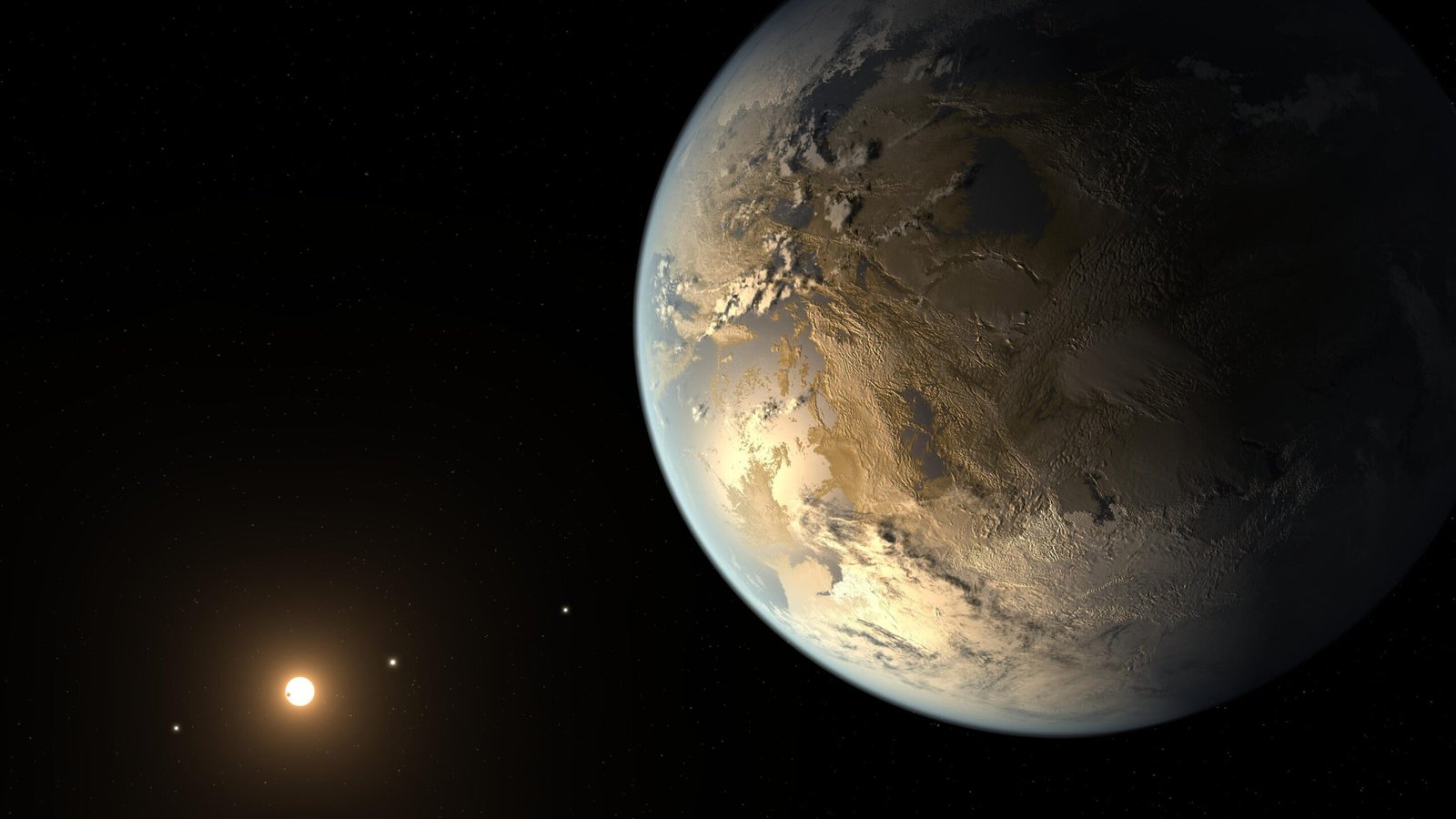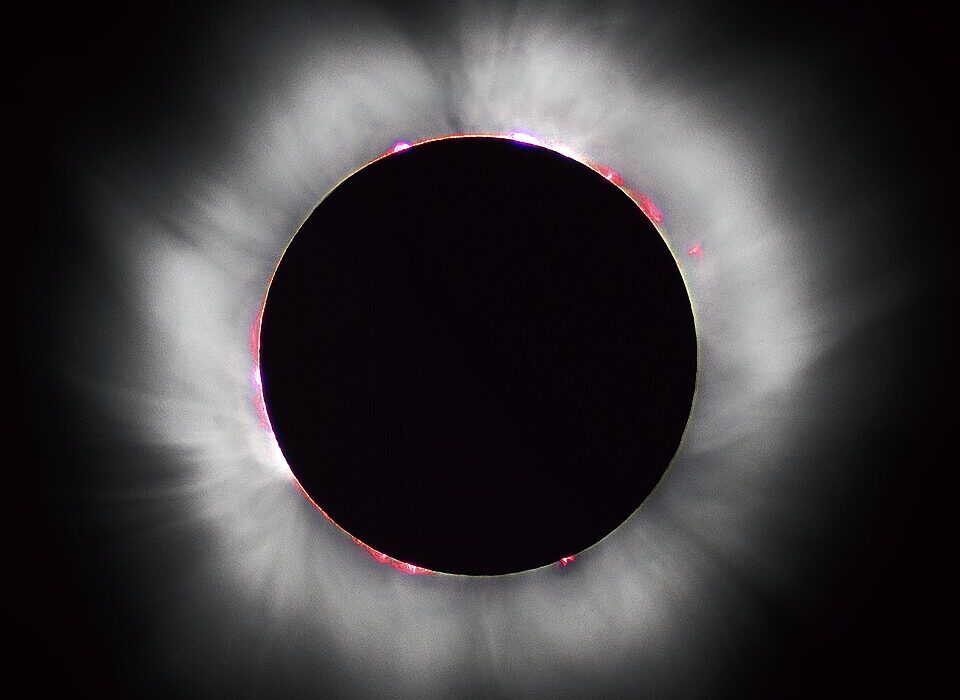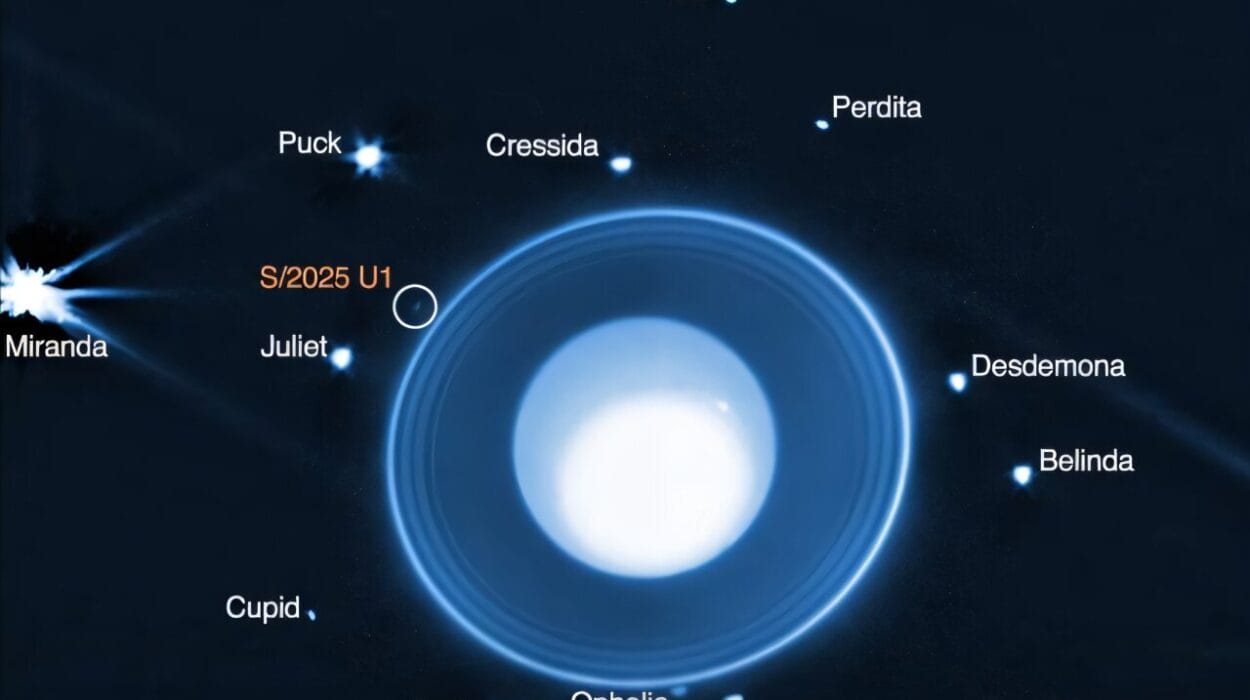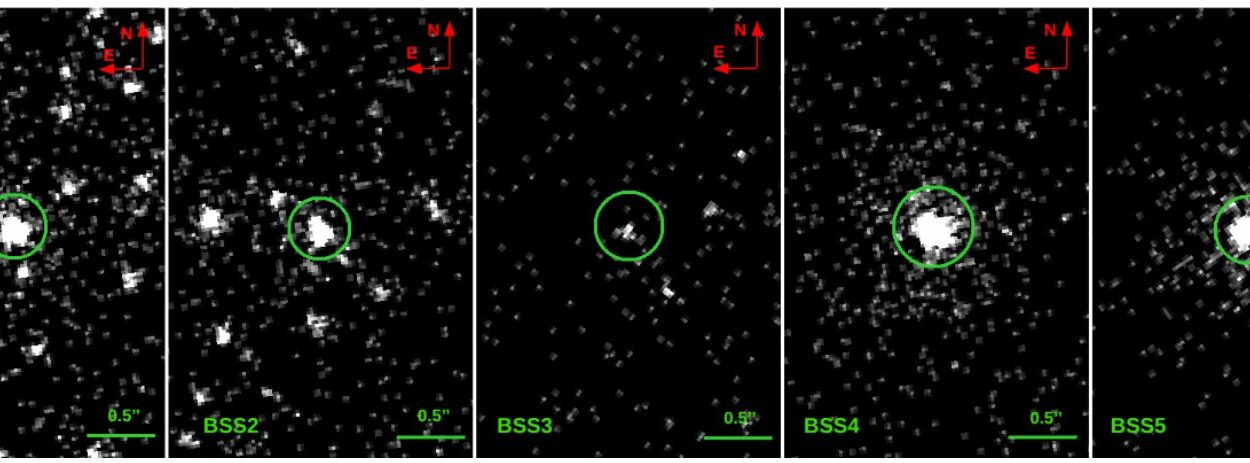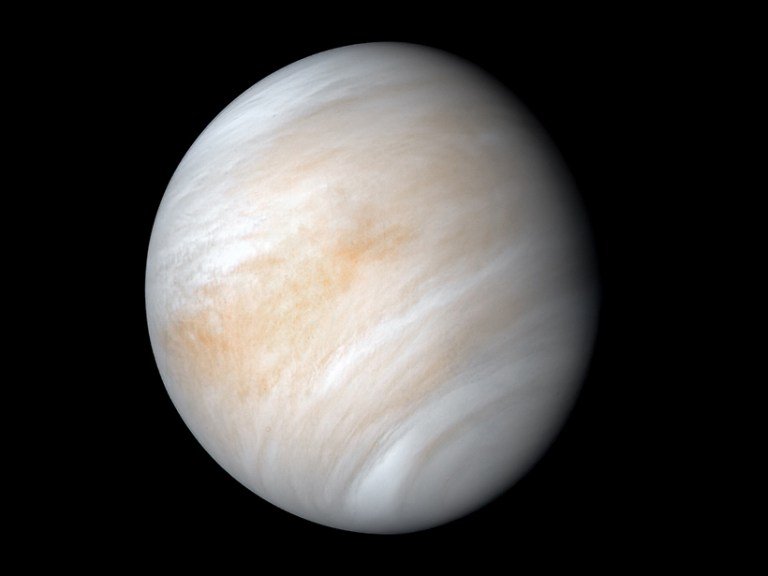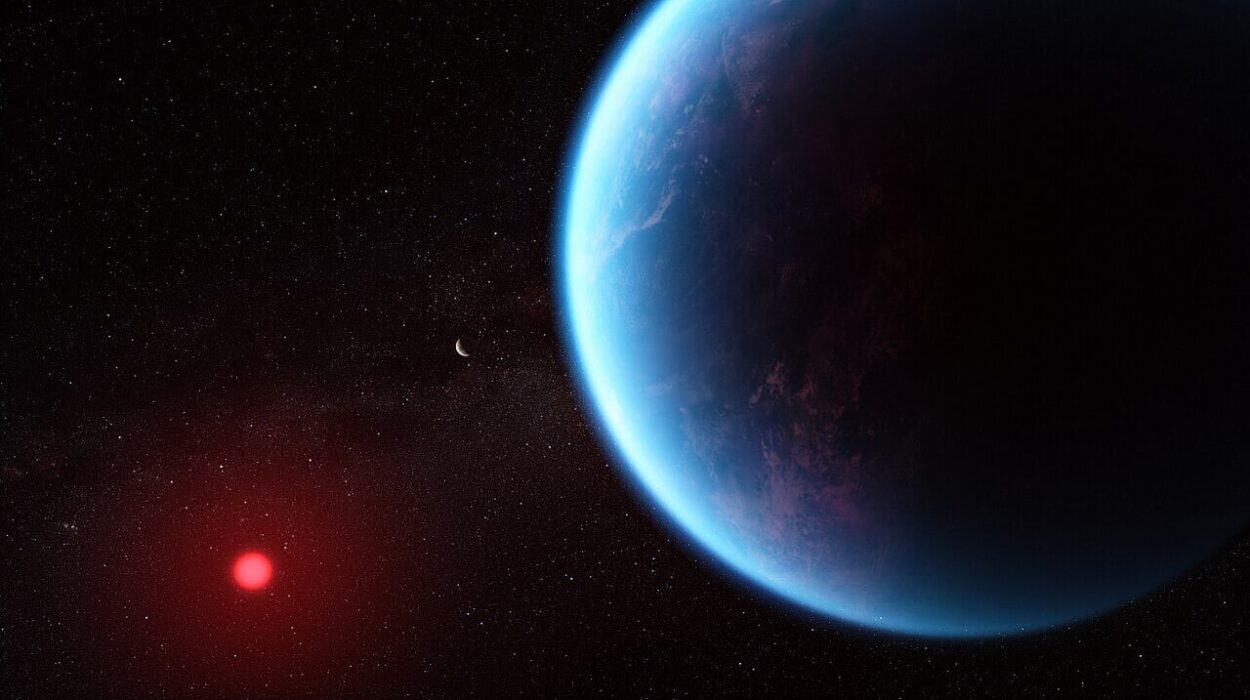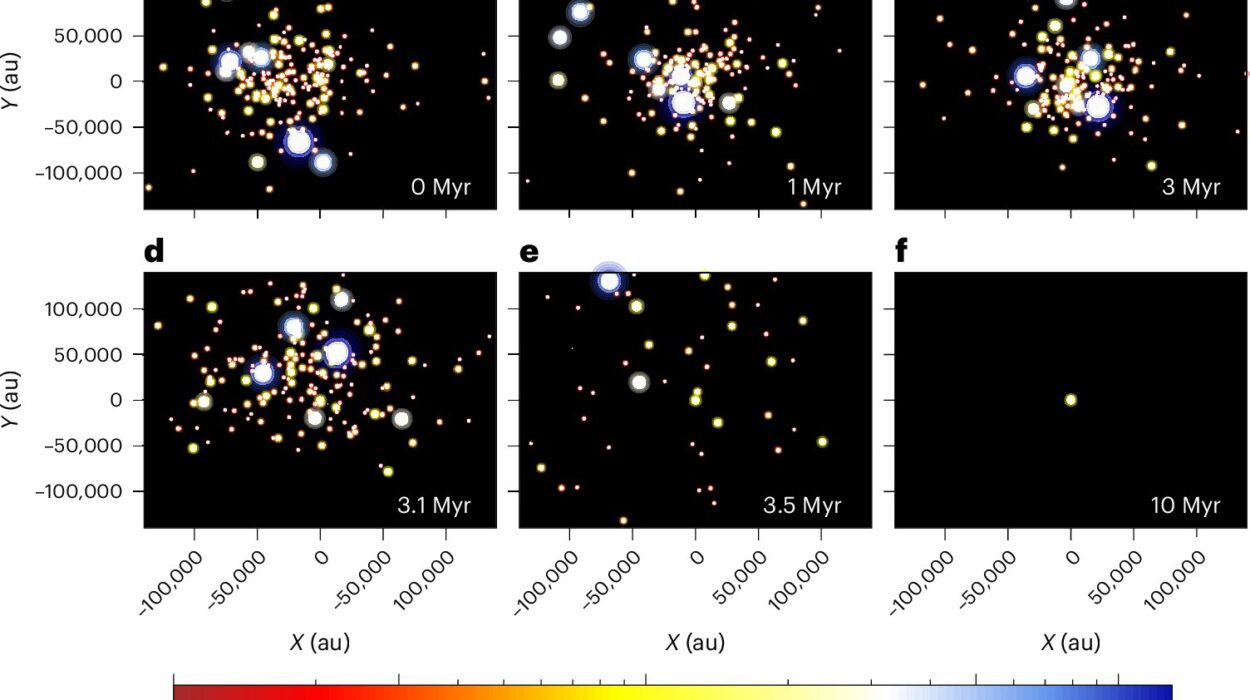Imagine the day humanity finally scans dozens of Earth-like planets for signs of life—and comes up completely empty. Not a single whiff of oxygen, no trace of methane, and not even the faintest whisper of a biosignature in the swirling clouds of distant worlds. Would that mean we are truly alone in the universe?
Not necessarily—but it would be a profound scientific discovery in its own right.
A team of researchers led by Dr. Daniel Angerhausen, a physicist in Professor Sascha Quanz’s Exoplanets and Habitability Group at ETH Zurich, and an affiliate of the SETI Institute, recently turned this sobering question into an opportunity. Their study, published in The Astronomical Journal, explores a seemingly paradoxical idea: how not finding alien life could still teach us a great deal about how common life really is in the cosmos.
And surprisingly, the absence of evidence—if interpreted carefully—can speak volumes.
A New Kind of Cosmic Census
The team’s work was conducted under the framework of the Swiss National Center of Competence in Research, PlanetS. It focuses on how we could use future astronomical surveys—like the upcoming LIFE (Large Interferometer for Exoplanets) mission—to get statistically meaningful answers, even if they don’t detect a single sign of extraterrestrial life.
Their tool of choice? Bayesian statistics. A method rooted in probability theory, Bayesian analysis allows scientists to combine prior knowledge with new data to make informed conclusions, even when the evidence seems elusive.
The question the researchers asked was simple but powerful: How many planets would we need to examine to meaningfully say something about how often life occurs—if we find nothing at all?
The answer: If we observed between 40 to 80 Earth-like exoplanets and found no signs of life, we could statistically conclude that fewer than 10 to 20 percent of such planets likely host life.
And when scaled up to the estimated number of rocky, potentially habitable planets in the Milky Way, that “mere” 10 percent still represents up to 10 billion possible living worlds.
So even a cosmic silence, it turns out, might still echo with tantalizing implications.
The Devil’s in the (Uncertain) Details
But hold your warp drives—there’s a catch. Every exoplanet observation comes with uncertainty, and in the search for life, those uncertainties can be mission-critical.
Two types of uncertainty complicate matters: interpretation uncertainty and sample uncertainty.
Interpretation uncertainty deals with false negatives—in other words, what if life is there, but we simply fail to detect it? Perhaps a planet harbors microbes that don’t produce recognizable biosignatures, or perhaps our instruments just aren’t sensitive enough to catch the subtle signs.
Sample uncertainty, on the other hand, reflects the danger of cherry-picking bad examples. If our target planets don’t actually meet the environmental criteria needed to support life—such as the presence of liquid water or a stable atmosphere—then our survey might be statistically biased from the outset.
As Dr. Angerhausen warns, “It’s not just about how many planets we observe—it’s about asking the right questions and how confident we can be in seeing or not seeing what we’re searching for. If we’re not careful and are overconfident in our abilities to identify life, even a large survey could lead to misleading results.”
The LIFE Mission: Peering Into Alien Atmospheres
These questions are especially relevant in light of the LIFE mission, which is being led by ETH Zurich. LIFE’s goal is to use advanced space telescopes to peer into the atmospheres of dozens of exoplanets that are similar in mass, size, and temperature to Earth.
By analyzing their atmospheric composition—looking for water vapor, oxygen, carbon dioxide, methane, and other biosignatures—scientists hope to detect the chemical fingerprints of life.
If LIFE finds signs of life, it could spark a revolution in science and philosophy alike. But if it doesn’t, then thanks to studies like Angerhausen’s, that too will offer invaluable knowledge. A null result, carefully interpreted, could help place meaningful constraints on just how often life emerges in the universe.
Framing the Right Questions for a Cosmic Survey
To minimize uncertainty and make their conclusions as bulletproof as possible, the researchers advocate for asking specific, measurable questions instead of vague ones. For example, rather than asking, “How many planets have life?”—a question that’s impossible to answer directly—they suggest questions like:
“What fraction of rocky exoplanets in the habitable zone show clear signs of water vapor, oxygen, or methane?”
These questions are not only easier to tackle with current technology, but they also yield data that’s more amenable to robust statistical analysis.
This approach ensures that even in the face of ambiguity, our scientific interpretations stay grounded, precise, and—most importantly—testable.
Bayesian vs. Frequentist: A Statistical Showdown
Another highlight of the study is its dual approach to data interpretation. Alongside Bayesian methods, the researchers also employed a Frequentist framework—a classical statistical method that avoids assumptions about prior knowledge.
Emily Garvin, a co-author of the paper and a Ph.D. student in Quanz’s group, led the Frequentist analysis. “In applied science,” she notes, “Bayesian and Frequentist statistics are sometimes interpreted as two competing schools of thought. As a statistician, I like to treat them as alternative and complementary ways to understand the world and interpret probabilities.”
Her work helped verify the robustness of the team’s assumptions and provided a check against any biases that may have crept in through the Bayesian priors.
The takeaway? When handled carefully, both methods arrive at comparable results—at least for the kind of sample sizes expected in upcoming missions like LIFE.
What We Stand to Gain from Nothing
So what happens if LIFE and other future missions scour the skies and come up short?
Far from being a disappointment, such a result could mark a turning point in our understanding of our place in the universe. It would allow scientists to narrow the possible frequency of life-bearing worlds. It would refine our models of planetary formation and atmospheric chemistry. And it would deepen the mystery of why, in a galaxy teeming with planets, Earth seems to stand alone.
Or perhaps, we’ve simply not looked far enough—or deep enough.
“One single positive detection would change everything,” says Angerhausen. “But even if we don’t find life, we’ll be able to quantify how rare—or common—planets with detectable biosignatures really might be.”
And that’s the real beauty of science. Even silence has something to say.
Reference: What if We Find Nothing? Bayesian Analysis of the Statistical Information of Null Results in Future Exoplanet Habitability and Biosignature Surveys, The Astronomical Journal (2025). DOI: 10.3847/1538-3881/adb96d
